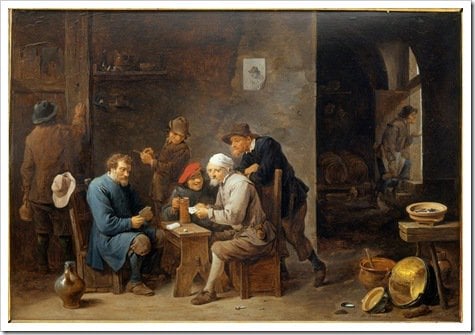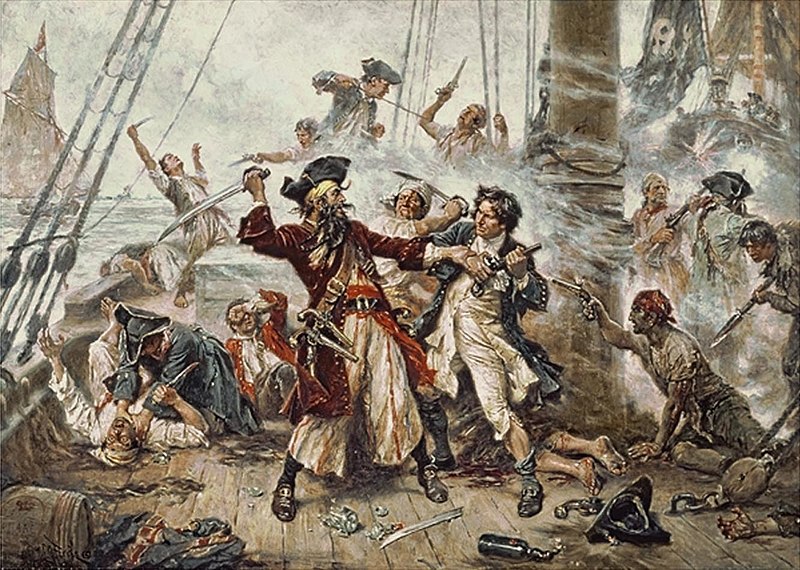 Now, I should clarify that when he asked this, it was delivered by way of, "you know those white robes you always see on diggers in Egyptology movies and Indiana Jones and stuff? I want one of those." This is approximately like calling a dealership and going, "you know that coupe they drive in LA? It's domestic, and it comes in blue? How much for one of those?"
Now, I should clarify that when he asked this, it was delivered by way of, "you know those white robes you always see on diggers in Egyptology movies and Indiana Jones and stuff? I want one of those." This is approximately like calling a dealership and going, "you know that coupe they drive in LA? It's domestic, and it comes in blue? How much for one of those?"So I made him do a little bit more research and show me what he's talking about. In no time, he came up with the modern version of this garment: he wants a galabeya. As they're worn today, they look like the photo on the left.
I did some additional research, but had some difficulty identifying when the galabeya came into being or how it's evolved. I've found some costume patterns which accompany cabaret-style bellydance costumes for women, which doesn't at all support any claim to accuracy.
I've found a couple sites which state that the galabeya is a Bedouin style, but if that's accurate, that means it could have come into use any time in the last seven THOUSAND years, since the term "Bedouin" is a generic name for a wide variety of Arabic desert-going nomads who have been around for 5000-7000 years. Photographs of Bedouin men show a garment similar to the galabeya (usually under a floor-length vest), with a variety of subtle distinctions, as far back as the late 19th century. Naturally, photographic evidence is not AVAILABLE before the late 19th century.
It's frequently assumed within the SCA and by costumers in general that Middle Eastern fashion has not changed at all over the millennia, and that's is safe to assume that anything described as "traditional" is how the Middle Easterns have dressed forever. Did we not wander out of the Garden and find the Eastern tribes garbed precisely as we see them today?
Not exactly.
It's ignorant and actually quite bigoted to treat the entire history of the entire region whence all culture originated as if its story were somehow simpler than our own. Consider how much the United States has changed in the two hundred and change years since the foundation of our unique culture. How can we assume that a culture which has existed for thirty times the lifespan of our own could be so simple?
From the information we do have, it's clear that there are many differences in conventions of dress from decade to decade, and tribe to tribe. Certain cultures, such as the Ottoman and Persian empires, recorded in great detail their fashions and we therefore know a lot about the evolution of styles in those cultures. While portraiture was generally frowned upon in Islamic culture of the middle ages, the wealthy frequently commissioned portraits, and miniatures were made in both cultures with a frequency suggesting no moral hesitation. Perhaps the peoples of the Egyptian deserts were more pious, because my searches for 17th century art from that period yields mostly textiles and earthenware (both gorgeous, but devoid of human figures).
Egypt was a province of the Ottoman Empire from 1600 until it was captured by Napolean in 1798.
European art of the 16th and 17th centuries depict Egyptians the way we imagine Cleopatra and the Pharaohs, but in the 19th century, European art shows Egyptians dressing much more similarly to the way we see them today. Obviously a substantial shift occurred, but when, and what did those transitional garments look like?
Aha! I discovered this 13th century embroidery by Egyptian Christians. The figures are not detailed, but they're wearing simple, long-sleeved robes that flare from the waist. And that's what I'm looking for! Armed with the knowledge that a flared full-length robe with long sleeves has in fact been spotted before the 17th century in Egypt, I can make my galabeya with a clear conscience.
And by that I mean I made it last night, and now that I've researched it completely, I feel better about it.
I made the galabeya very simply. There's a front, a back, gores in the sides to add flare, and sleeves. I'm adding gussets in the arm pits to allow for more movement, and then I'm pretty much done.


 As promised, finished entari with the rest of the outfit.
As promised, finished entari with the rest of the outfit.






 Last week I had a sewing day with my friend Niyo, where I started working on a Turkish entari made from a recycled duvet cover. The duvet cover was a lovely satin-finish cotton with green on green stripes. It seems everyone I know has a set of sheets in the same pattern (mine are black), but it was a nice lightweight cotton with very little stretch, so I knew it would be a sturdy and comfortable option for an entari, which is a support garment.
Last week I had a sewing day with my friend Niyo, where I started working on a Turkish entari made from a recycled duvet cover. The duvet cover was a lovely satin-finish cotton with green on green stripes. It seems everyone I know has a set of sheets in the same pattern (mine are black), but it was a nice lightweight cotton with very little stretch, so I knew it would be a sturdy and comfortable option for an entari, which is a support garment.